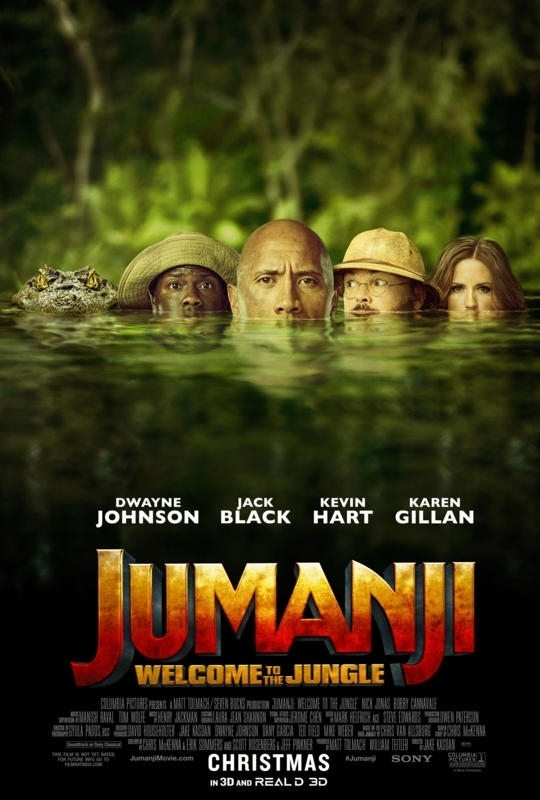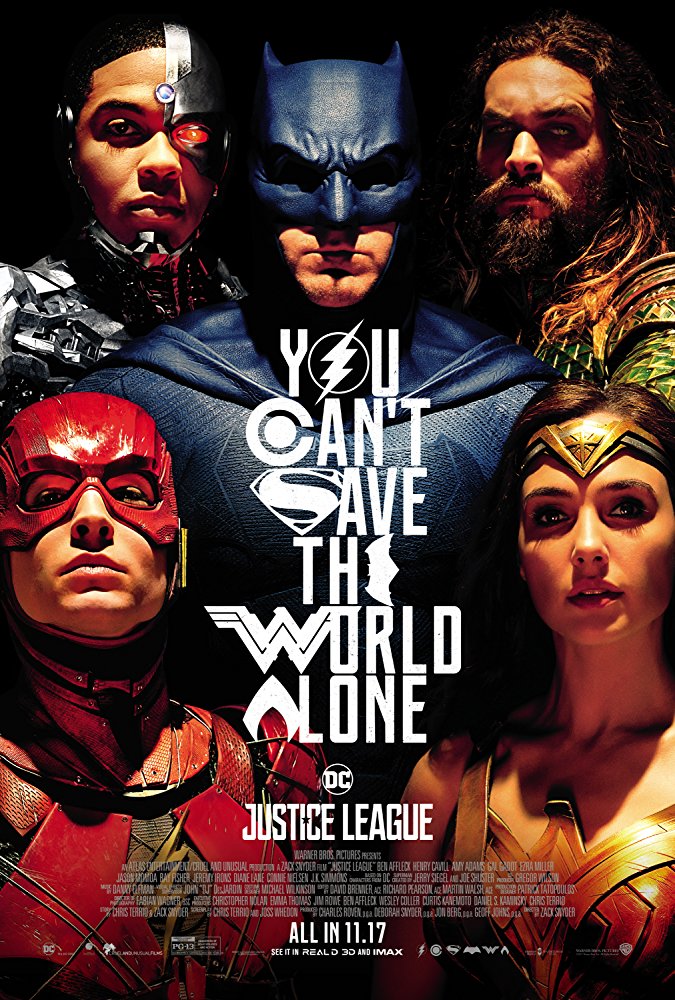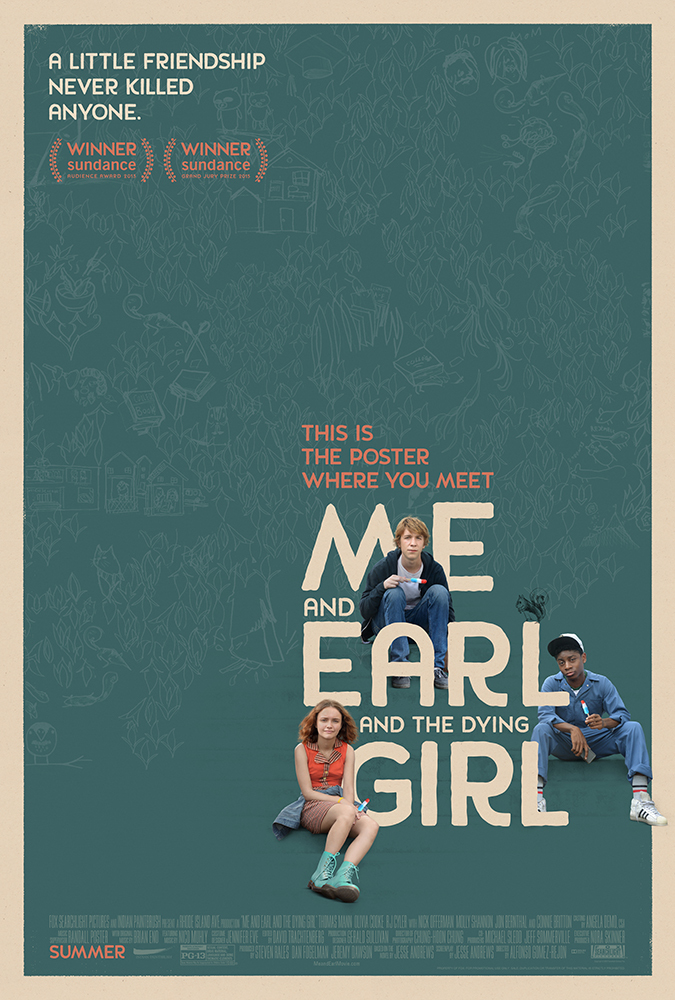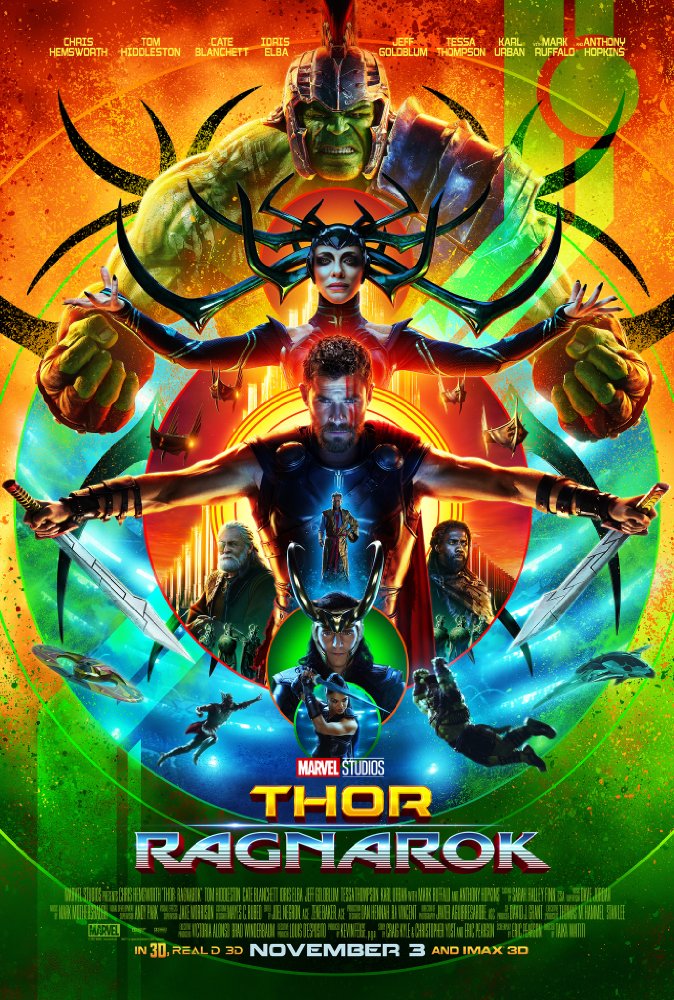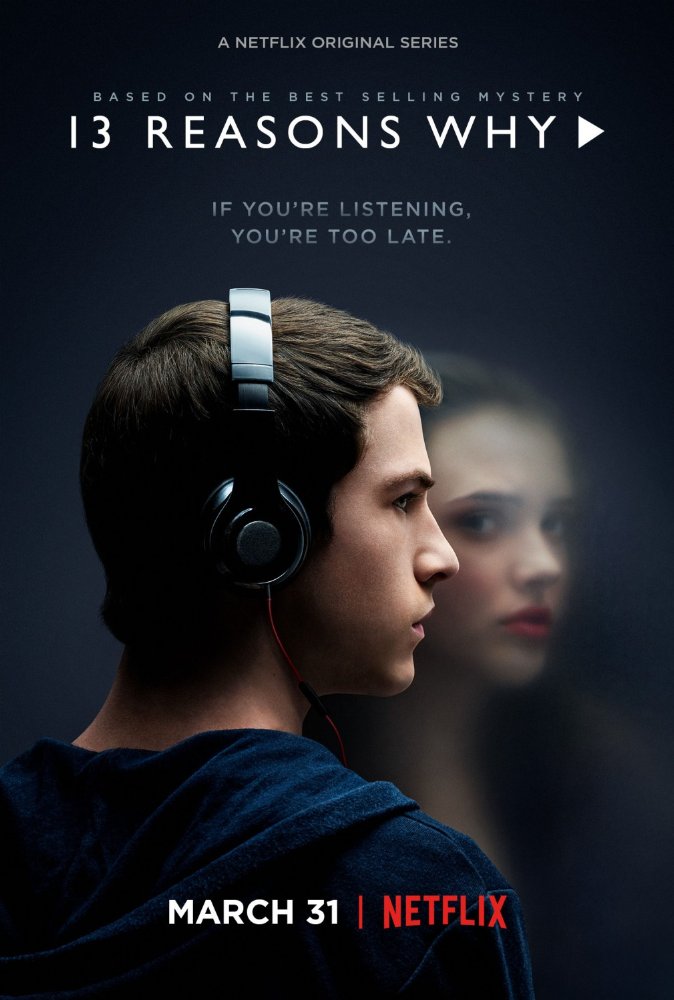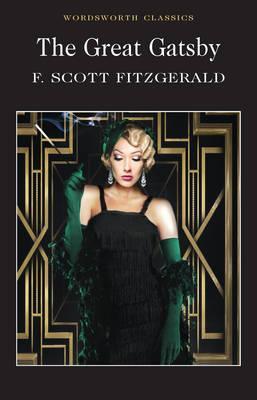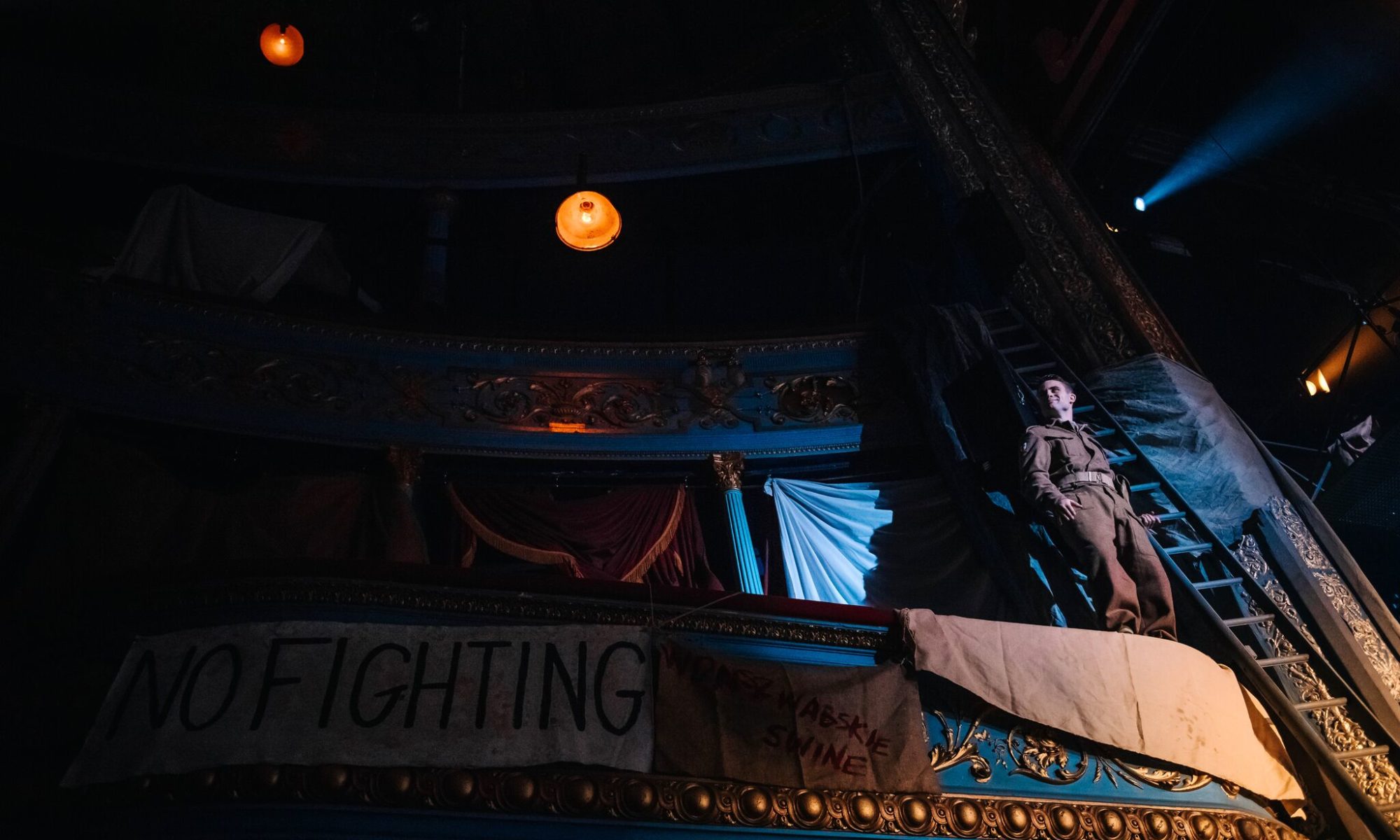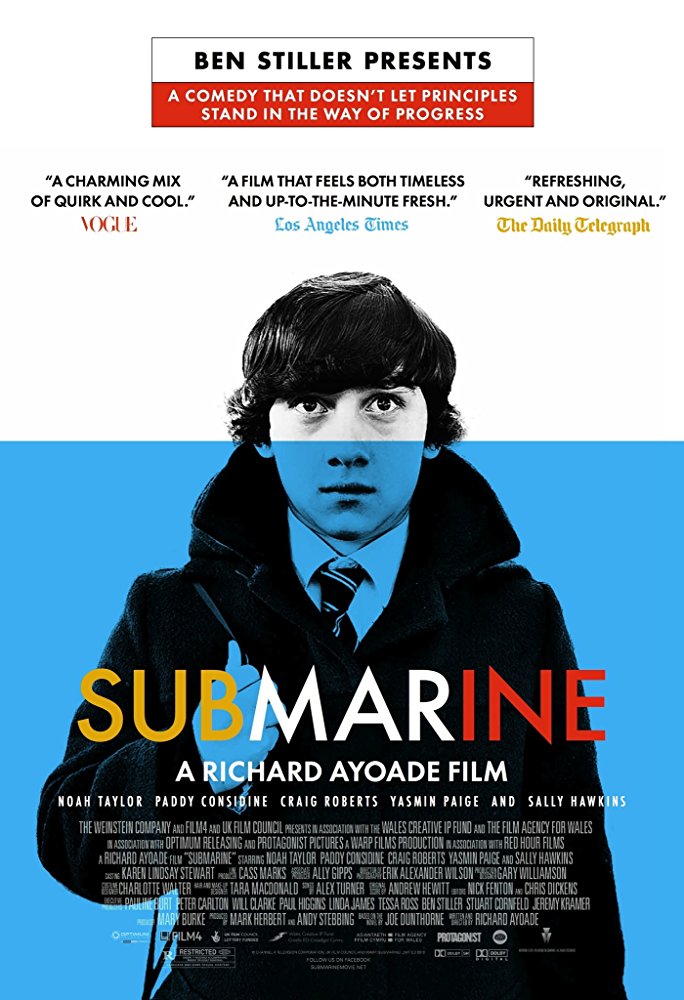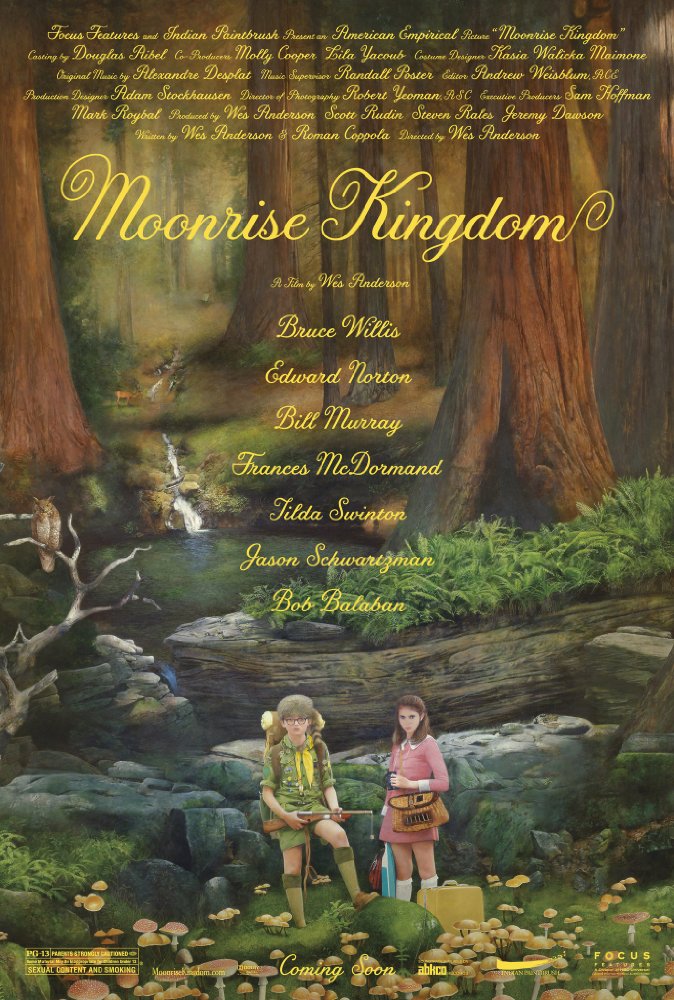I loved the original Jumanji movie however I didn’t think it needed a sequel but when I saw the video game transformation of the original movie I was in awe with the action, comedy and cinematography.
Four teens that would normally never talk are forced to hang out with each other in detention when they find a video game, and get trapped inside the video game version of Jumanji as the avatars they selected. Two friends who have drifted apart are brought back together and a romance is formed between the ‘nerd’ and the ‘introverted’ girl played by Dwayne Johnson and Karen Gillan. Kevin Hart’s portrayal of ‘Moose Finbar’ his avatar character of the zoologist was hilarious as he goes from a tall teenager to the small zoologist and his best friend goes from the smaller geeky friend to the tall and muscular ‘Dr Smolder Bravestone’ and of course the ‘self-obsessed’ popular girl choses the character of ‘Professor Shelly Oberon’ is amazingly portrayed by Jack Black who’s one liners are guaranteed to make you laugh out loud throughout the whole film.
The group struggle to get along at first but soon discover they have to work together in order to get back to their normal lives. Jack Black’s character helps guide Karen Gillan’s character through the basics of flirting to distract the guards so that the team can escape, this was my personal favourite scene when ‘Ruby Roundhouse’ uses one of her character’s skills of dance fighting to take out the guards. This movie is the perfect combination of action and comedy, and is completed with great character development where friendships are reborn and romances are formed.

